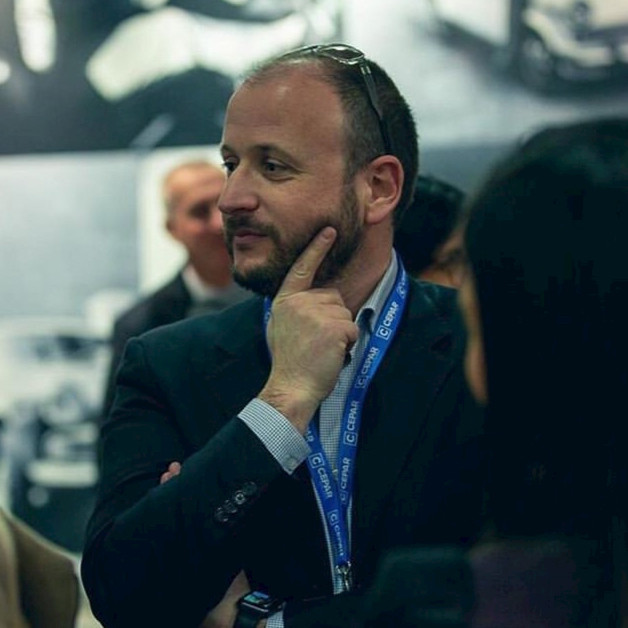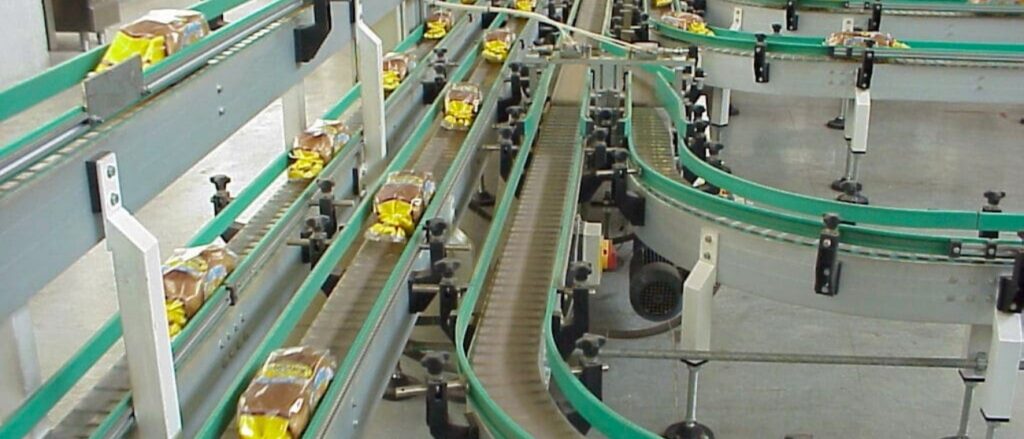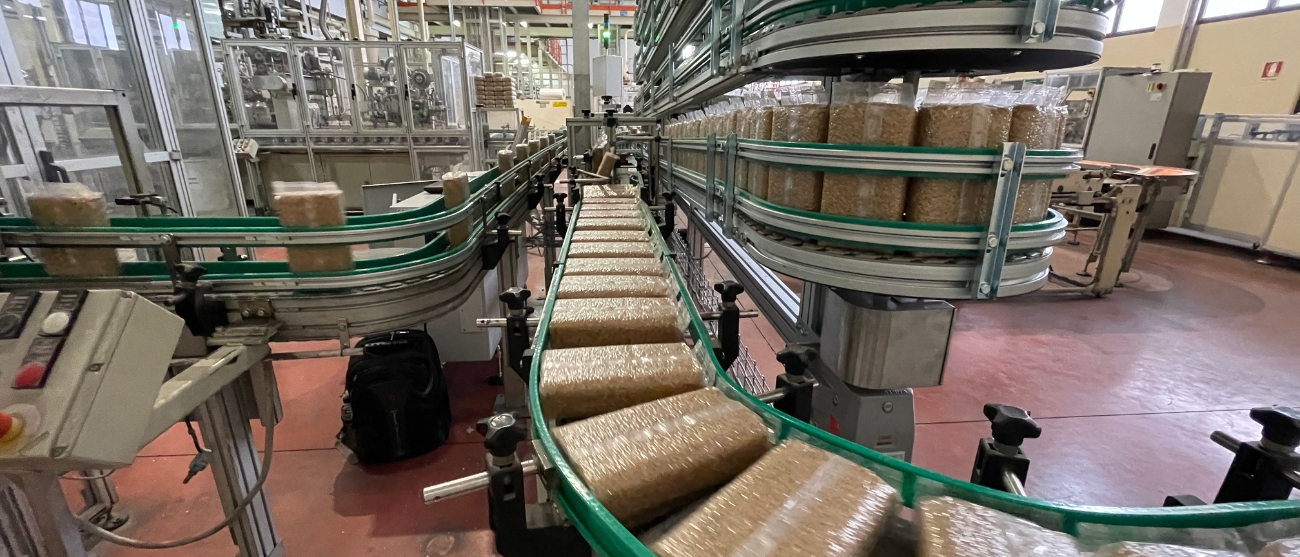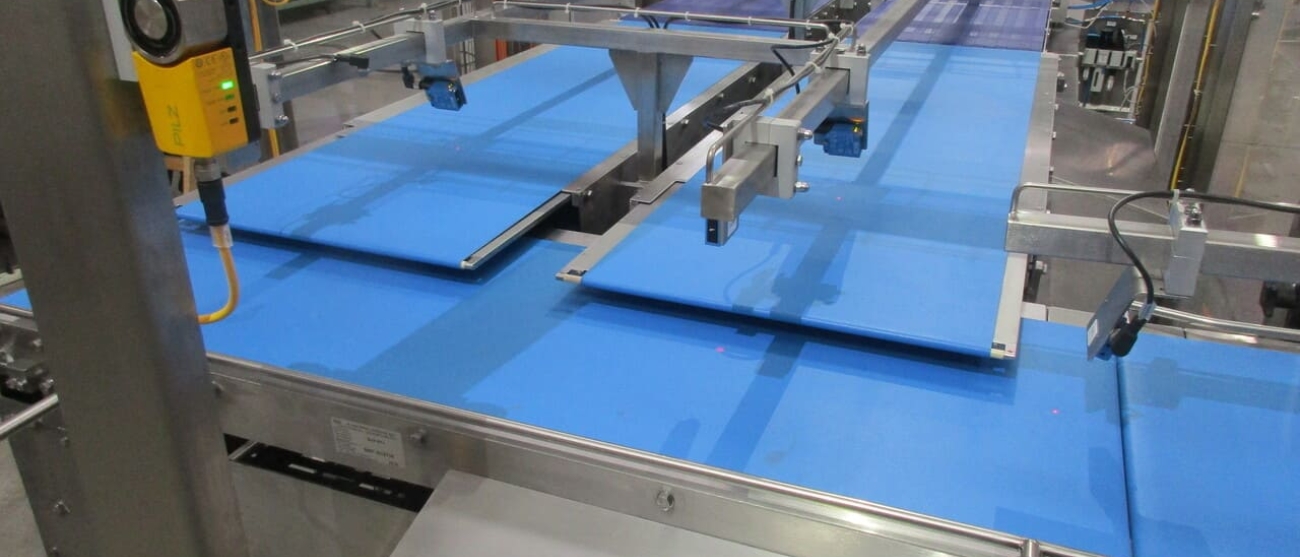Anyone working with fresh cheese, meat, fish, or ready meals knows how challenging it is to maintain high hygiene standards without compromising production efficiency. In such environments, every detail can make the difference between a high-performing line and a potential risk.
That’s why MH Material Handling developed Saniflex: a conveyor system designed to combine food safety, easy cleaning, and continuous operation.
A solution developed directly in the field, based on real industry needs
Saniflex is not a catalogue product—it’s the result of years of hands-on experience working closely with real food manufacturing environments. In facilities where cleaning must be frequent, thorough, and fast, every component has been designed to simplify sanitation procedures, minimizing time, resource consumption, and contamination risks.
Key features include:
- open frame with sloped surfaces to prevent water stagnation and support proper drainage;
- no blind spots, eliminating areas where residues could accumulate;
- tool-free removable components to ease daily disassembly;
- polypropylene chain with polyketone pins, highly resistant to common chemical cleaning agents;
- stainless steel frame in AISI 304 or 316L, with bead-blasted or 2B finish to reduce dirt adhesion and improve cleanability.
Measurable results: less water, fewer stops, higher efficiency
In real-life installations and testing phases, Saniflex has proven to deliver tangible benefits. The system is built to handle frequent cleaning cycles—even several times a day—without hindering productivity.
Key advantages:
- up to 50% reduction in water and detergent consumption, thanks to faster and simpler cleaning;
- less downtime, due to quick disassembly and washing;
- compatible with Clean-In-Place (CIP) systems and monolithic belts like Thermodrive, meeting the requirements of modern production lines.
Saniflex can be seamlessly integrated into both new installations and existing lines. Its modular design allows for high layout customization, addressing space, process, and configuration constraints. Each project is supported by MH’s technical team to ensure optimal integration and performance.
The MH approach: no off-the-shelf solutions, only tailor-made systems
At MH Material Handling, every solution starts from a real need. Saniflex is the perfect example: a system developed for those who don’t want to choose between hygiene and productivity—but demand both. With Saniflex, hygienic design is more than a feature—it’s a real added value.
Want to know if your line meets the highest hygienic standards?
Book a free consultation with MH Scan Solution: together we’ll assess your plant, identify critical points, and propose the best solutions to turn your line into a hygienic, efficient, and compliant system.

![]()
Co-Owner M.H. Material Handling Spa – For almost twenty years he has been working in the field of product handling during packaging, supporting companies that want to optimize the entire line. Always up-to-date on industry innovations and new materials, he makes his experience available to clients with the ultimate goal of eliminating interruptions and inefficiencies in the packaging process. Voracious reader, overnight writer and content creator.
















